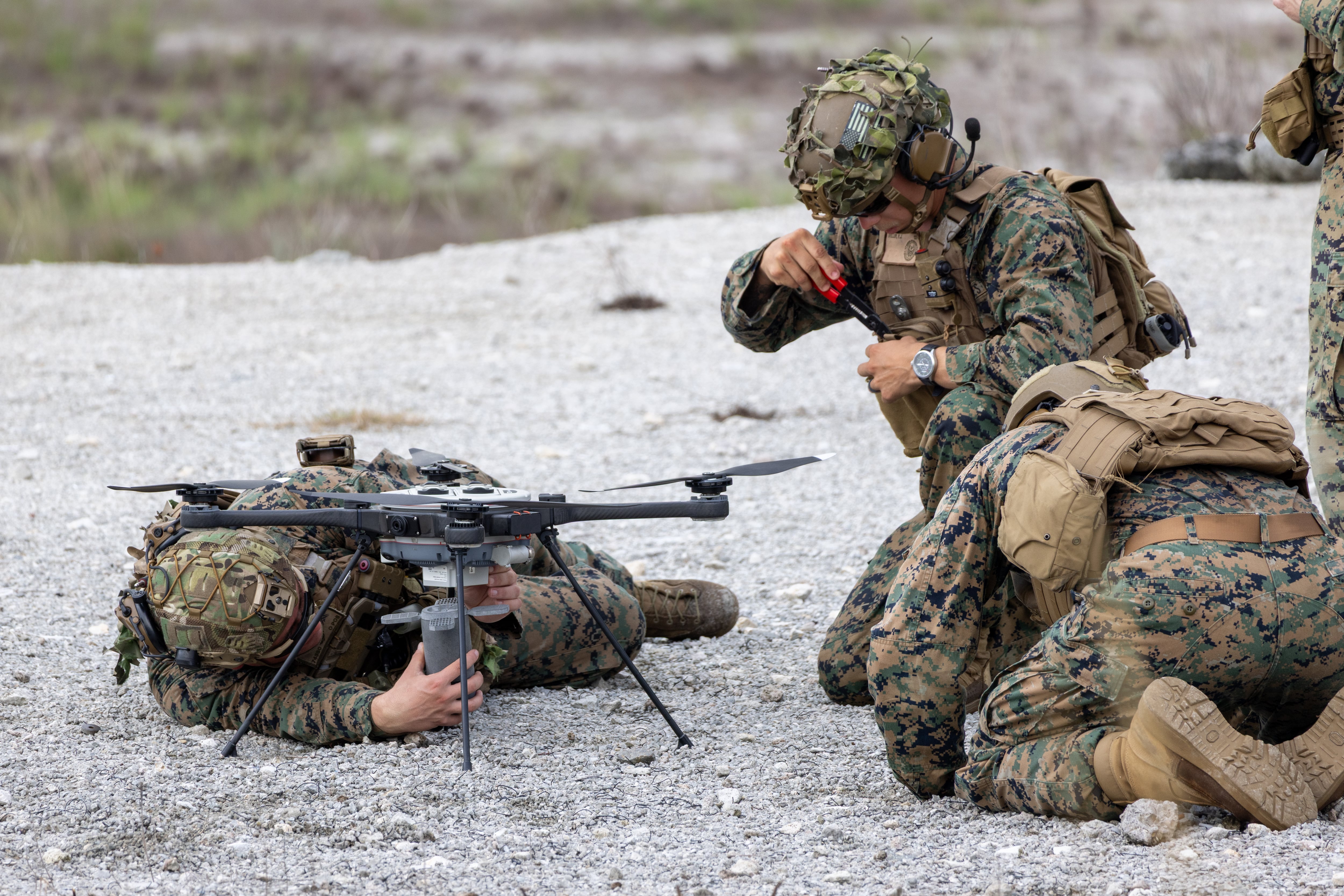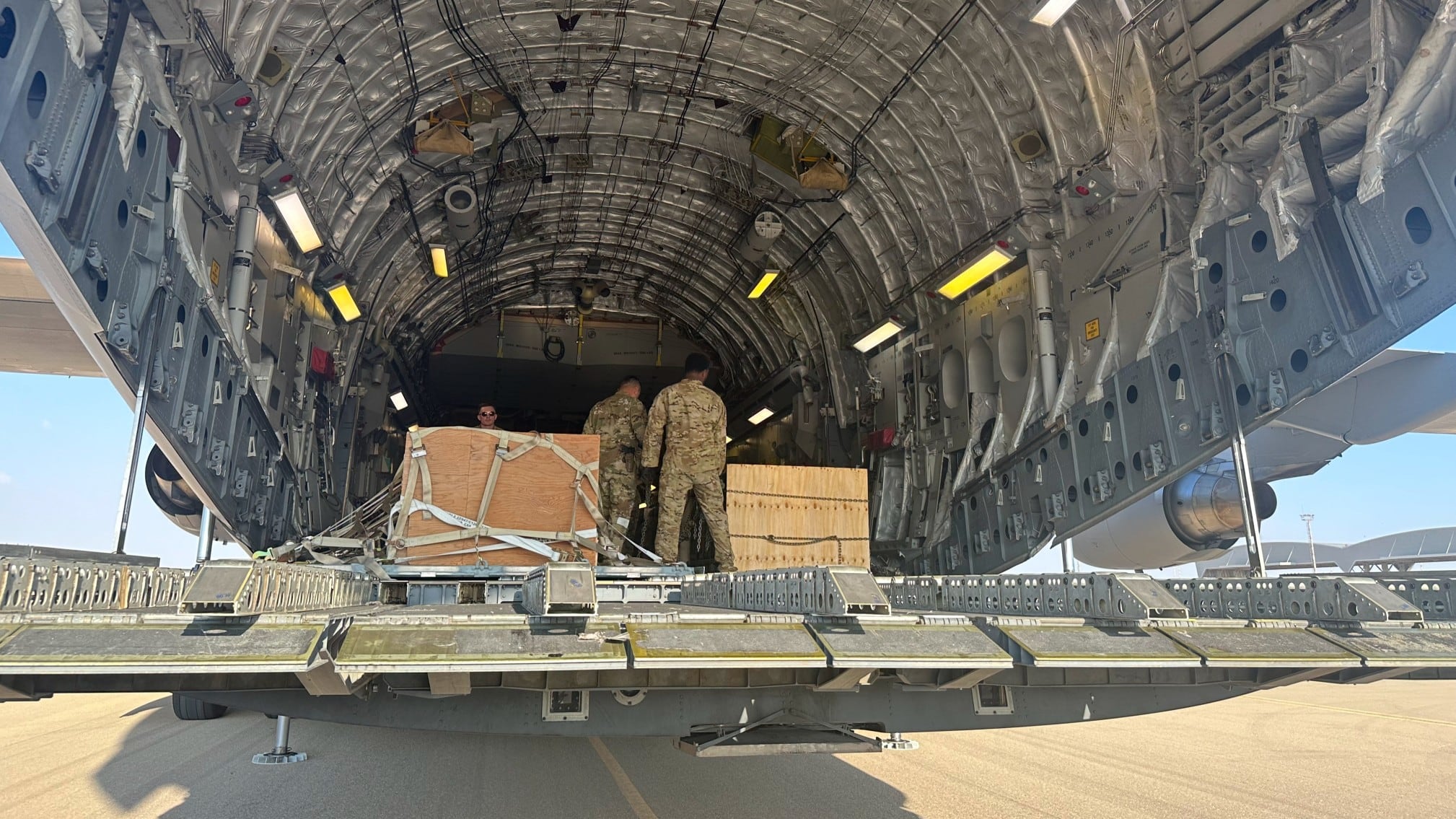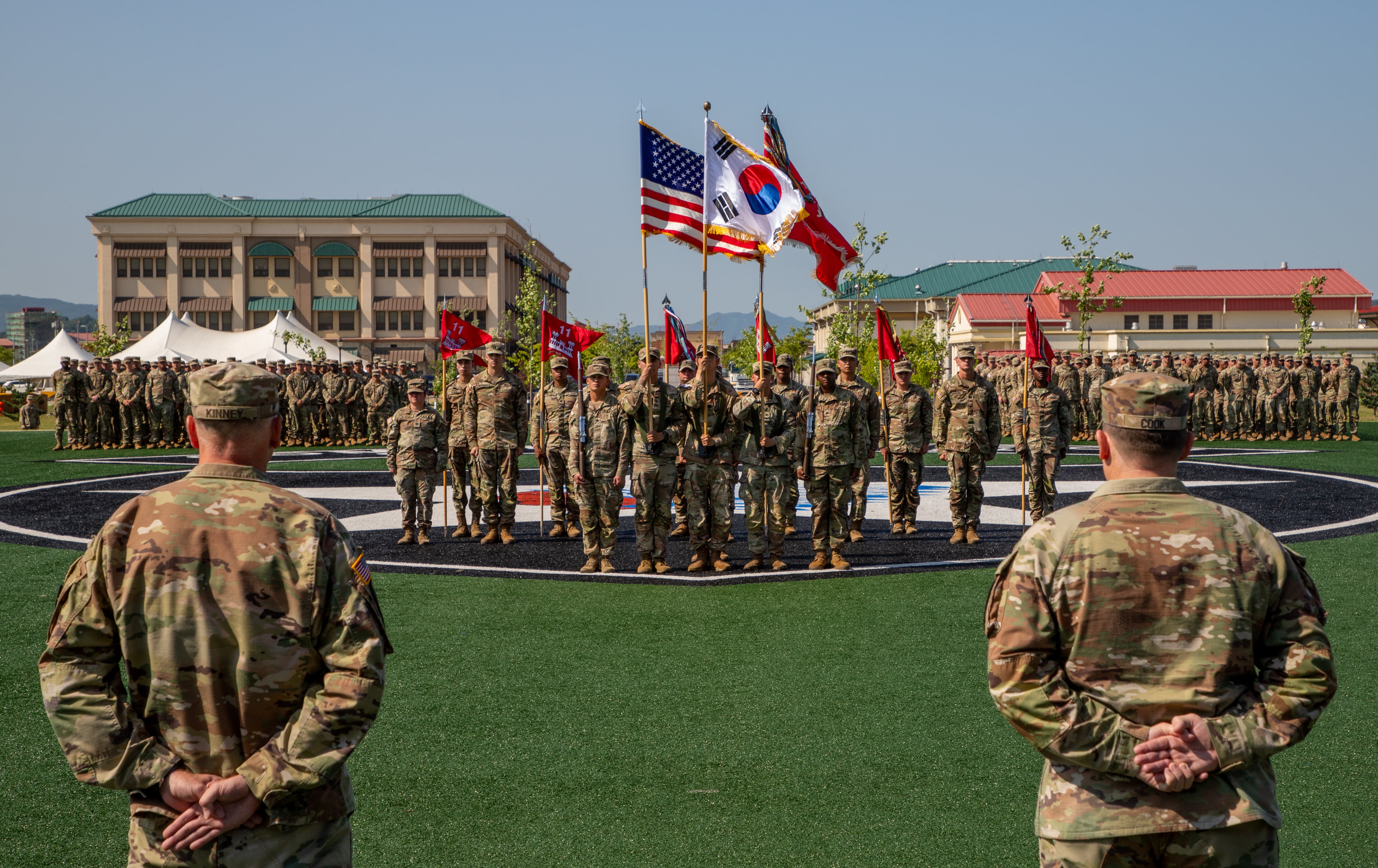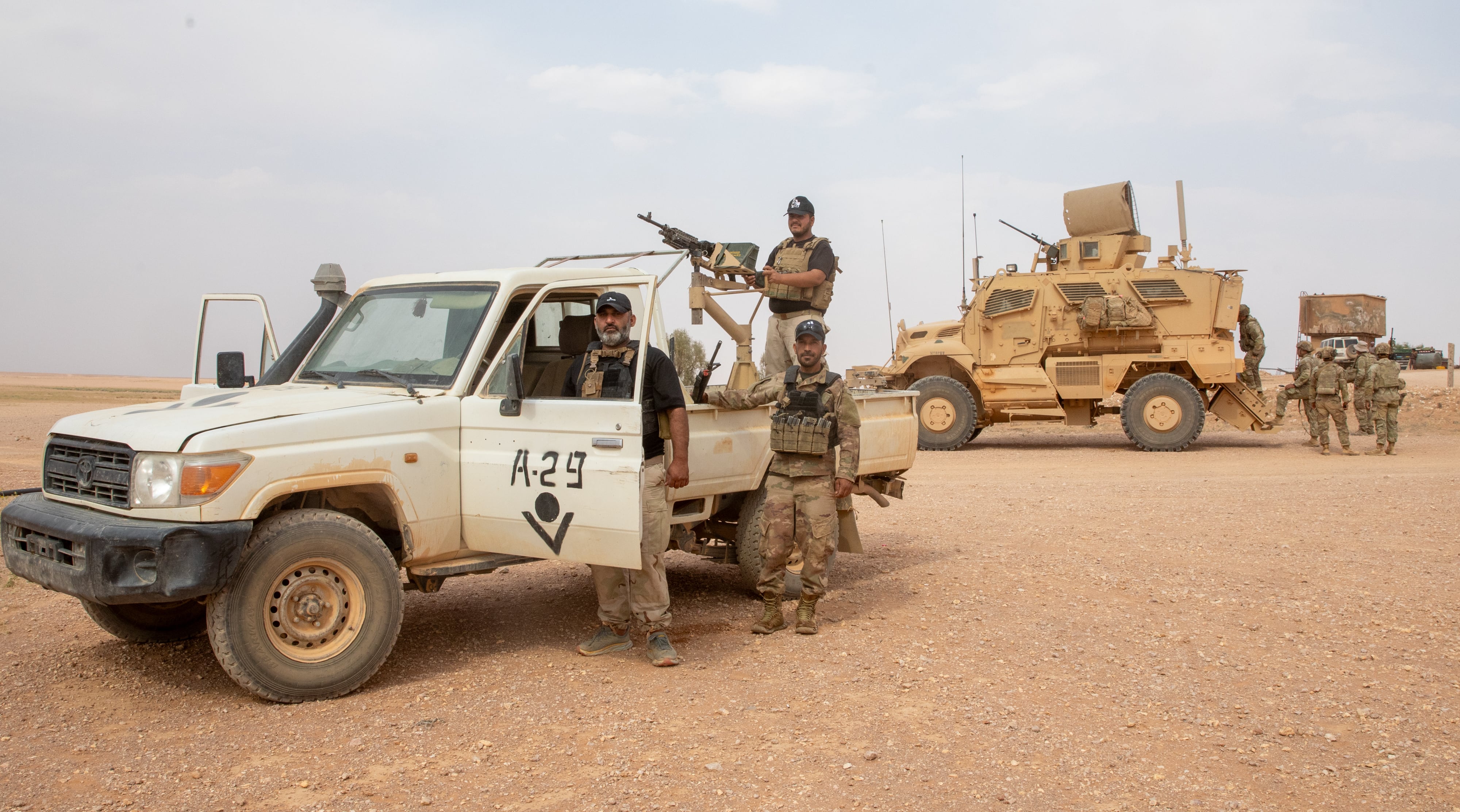Marines at the School of Infantry — East conducted the first fully fielded drone drop of lethal ammunition on Camp Lejeune, North Carolina.
The July 3 live-fire exercise included the drop, followed by mortar fire and a Javelin missile strike in a simulated company-level assault, according to a Marine release.
Marines used weaponized small drones, which included the SkyRaider and Neros Archer.
The SkyRaider carried the Mjolnir, a small, lightweight device the size of a soda can with stabilizer fins and a sensor that can carry 500 grams of explosive. The explosion fires a blast of ball bearings through either point detonation or aerial burst using laser light technology to trigger the explosion, according to the release.
RELATED
A brief on the concept of pairing the SkyRaider and Mjolnir by Maj. Jessica Del Castillo at the School of Infantry Summit resulted in command interest and the live-fire experiment.
“I did the heavy planning leading up to the Mjolnir drop: getting the interim flight clearance approved, doing that kind of work prior to the event, and then ensuring the safety structure was in place for the live drop,” Del Castillo said in the release.
“The objective was to do small UAS live drops from a program of record system, as well as [Neros Archer] … on a Marine Corps-owned range. We wanted to do it here in our local training area for the first time with all the approvals in place, so it was legal and kind of a first use case for the program of record system.”
The Mjolnir demonstrated potential and limitations. During the first drop, it detonated prematurely while still in free fall, Del Castillo said.
In addition to the SkyRaider, Marines used the Neros Archer drone to make a direct strike on the target. The Neros Archer is a rugged, first-person-view drone the size of a small backpack.
The Neros Archer operator, Staff Sgt. Ryan Welch, attached an anti-personnel charge with a Kraken Electronic Safe and Arming Device that contained a directed explosive with hundreds of steel ball bearings.
Once flown within striking distance of the target, Welch detonated the device creating a shotgun-like blast pattern.
“I got visual of the target and then command-detonated roughly four to five meters away from the target. Spread that fragmentation pattern out,” Welch said in the release. “If there were actually humans where that [charge] went off…devastating. Complete destruction of those personnel.”
Flying above the target was a Stalker drone providing live-video feed to confirm target locations, monitor the effects of fires and coordinate between the drones, mortars and Javelin. Staff Sgt. Andrew Ricigliano piloted the Stalker throughout the exercise, resulting in the longest continual Stalker flight on Camp Lejeune.
“What stood out to me in the combined arms event today was the deconfliction of traditional weapons like the 81mm mortars and Javelins with the aerial systems being used,” Ricigliano said in the release. “Making sure everything was deconflicted and safe, being that it’s the first time we’ve done this in the most restrictive range complex the Marine Corps has to offer.”
Maj. Matthew Johnson, operations officer for Advanced Infantry Training Battalion and officer-in-charge of the exercise, emphasized the significant effort behind the scenes.
“This exercise was built to be an exercise that can be replicable. It’s one that we built to begin the process. It’s not the end, but it’s beginning the process of identifying what use of small arms, both from [program of record] systems and from Blue UAS, looks like,” Johnson said in the release.
“We are trying to build a ‘this is how it can be done’ and start the conversation of how do we employ these systems in our fighting formations.”
Todd South has written about crime, courts, government and the military for multiple publications since 2004 and was named a 2014 Pulitzer finalist for a co-written project on witness intimidation. Todd is a Marine veteran of the Iraq War.









